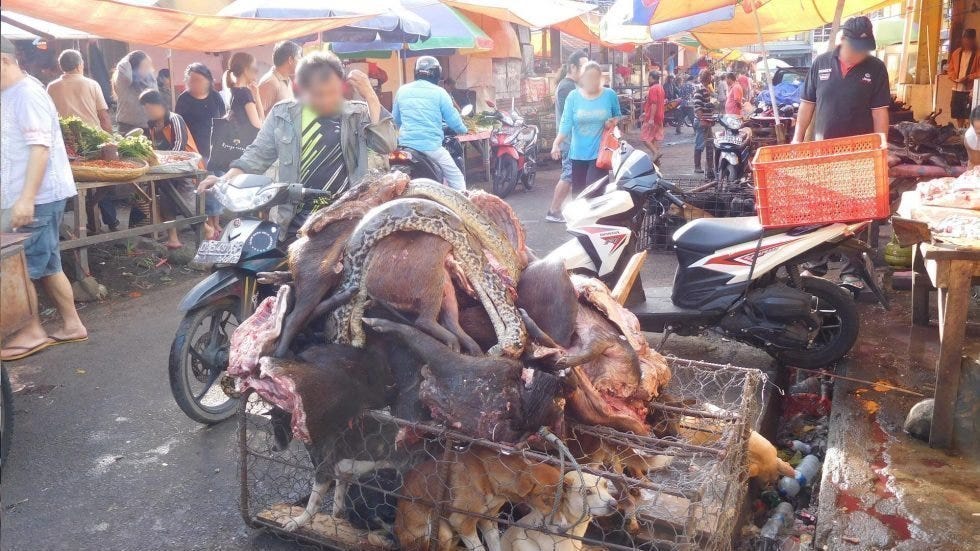Wildlife, Disease, and the Future
Pandemics are likely to increase in number. This should be a lesson.

By: Gregory McCann
Was it a pangolin, slaughtered in the wet markets of Wuhan, that brought the world economy to its knees and wiped out tens of thousands of humans in 2020? Or was it a bat, also hailing from the dreadful wildlife markets of Hebei, that did this?
It must be acknowledged that health problems stemming from markets are hardly an Asian pheno…
Keep reading with a 7-day free trial
Subscribe to Asia Sentinel to keep reading this post and get 7 days of free access to the full post archives.
